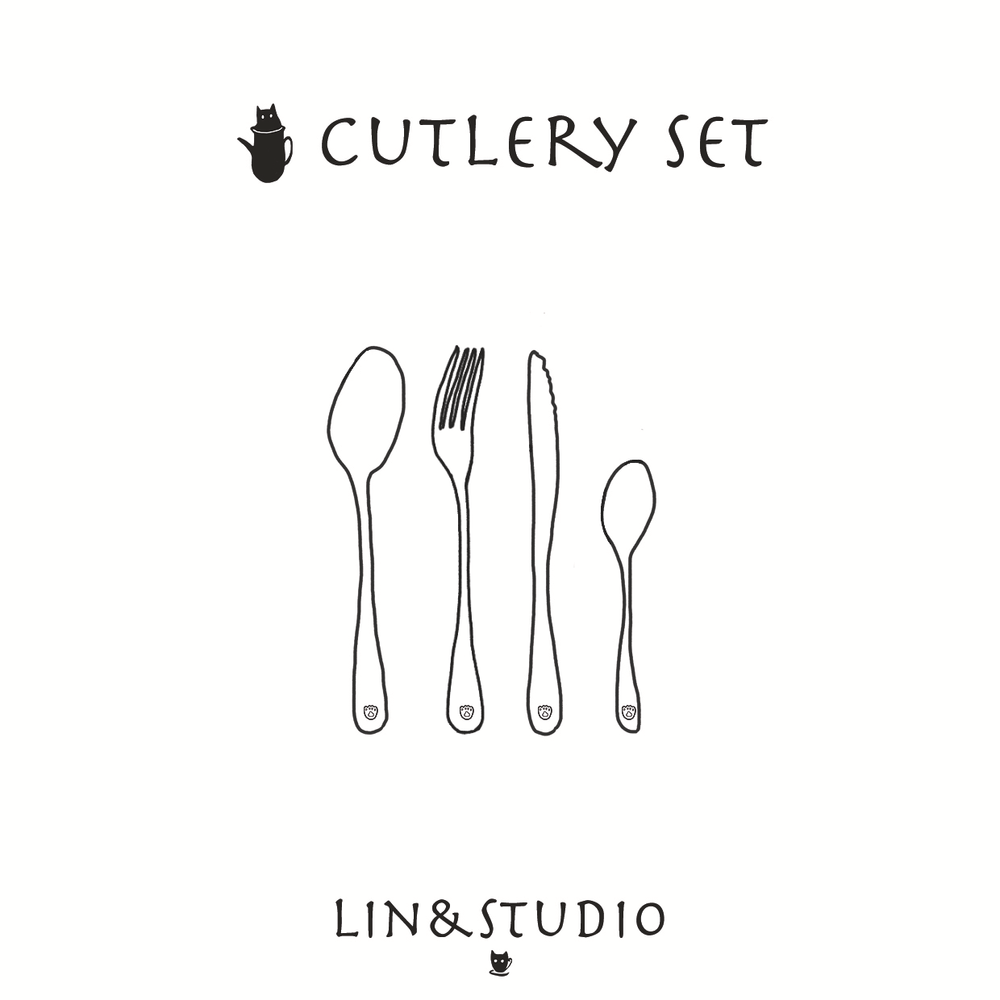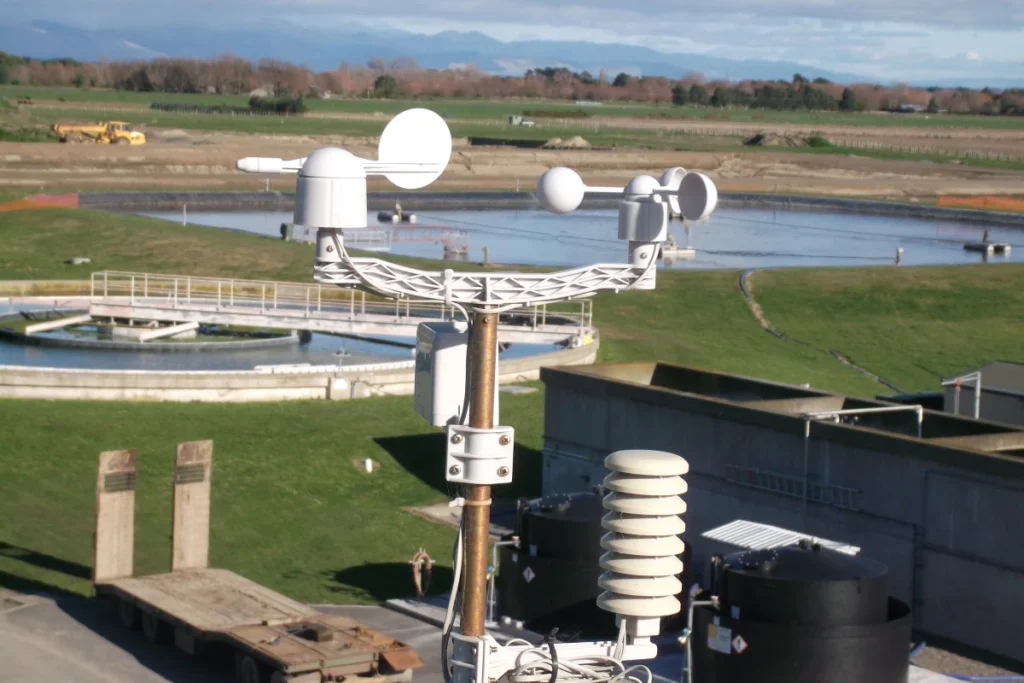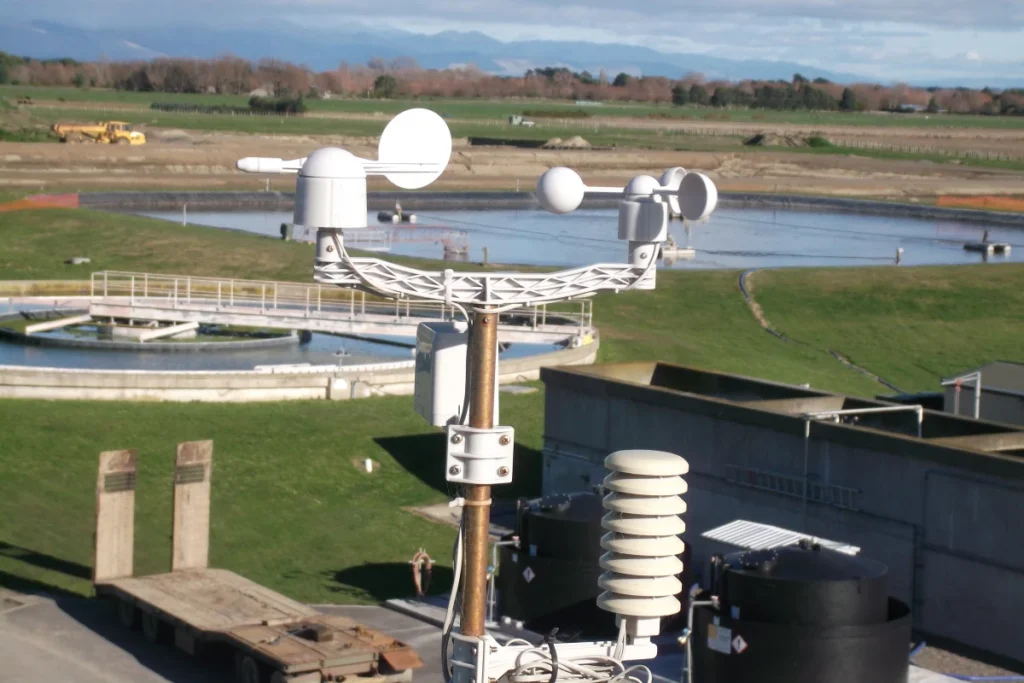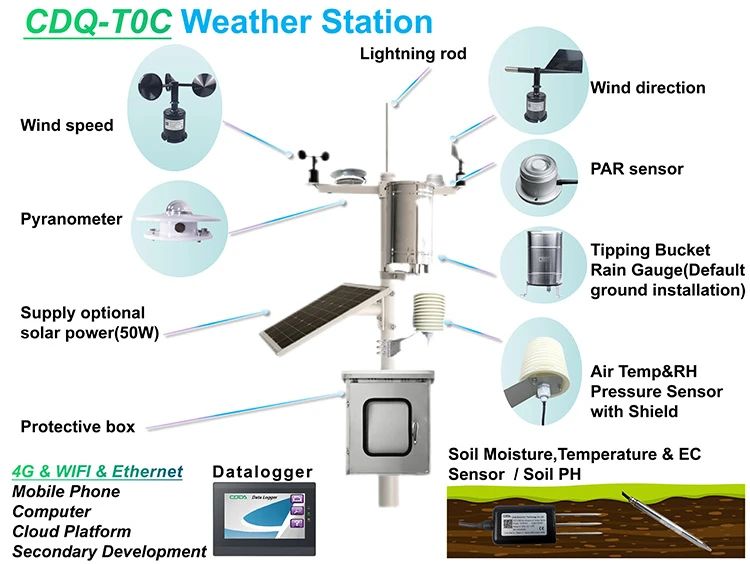Cutlery Set Essentials for Every Kitchen
March 16, 2025 | News | No Comments

# Cutlery Set Essentials for Every Kitchen
A well-equipped kitchen is incomplete without a reliable cutlery set. Whether you’re preparing a gourmet meal or enjoying a casual dinner, having the right utensils at your fingertips can make all the difference. In this article, we’ll explore the essential components of a cutlery set and why they are indispensable for every kitchen.
## The Core Components of a Cutlery Set
A standard cutlery set typically includes a variety of knives, forks, and spoons, each designed for specific tasks. Here are the key pieces you should look for:
– Chef’s Knife: The workhorse of the kitchen, ideal for chopping, slicing, and dicing.
– Paring Knife: Perfect for peeling and intricate cutting tasks.
– Bread Knife: Designed with a serrated edge to slice through bread without crushing it.
– Dinner Forks: Essential for main courses, available in various sizes.
– Salad Forks: Smaller than dinner forks, perfect for lighter meals.
– Table Spoons: Versatile utensils for both eating and serving.
– Tea Spoons: Ideal for stirring beverages or enjoying desserts.
## Why Quality Matters
Investing in a high-quality cutlery set is crucial for both functionality and durability. Cheap, low-quality utensils can bend, break, or become dull quickly, making meal preparation a frustrating experience. High-quality cutlery, on the other hand, is designed to withstand daily use and maintain its sharpness and integrity over time.
## Material Considerations
The material of your cutlery set plays a significant role in its performance and longevity. Common materials include:
– Stainless Steel: Durable, rust-resistant, and easy to clean.
– High-Carbon Stainless Steel: Offers superior sharpness and edge retention.
– Silver: Adds a touch of elegance but requires more maintenance.
– Plastic: Lightweight and affordable, but less durable.
## Maintenance Tips
To keep your cutlery set in top condition, follow these maintenance tips:
– Hand Wash: Avoid dishwashers to prevent damage and maintain sharpness.
– Dry Immediately: Prevent rust and water spots by drying utensils right after washing.
– Regular Sharpening: Keep knives sharp with regular honing and occasional professional sharpening.
– Proper Storage: Use a knife block or magnetic strip to protect edges and prevent accidents.
## Conclusion
A well-chosen cutlery set is a cornerstone of any functional kitchen. By understanding the essential components, prioritizing quality, and maintaining your utensils properly, you can ensure that your kitchen is always ready for any culinary challenge. Invest in a good cutlery set today and elevate your cooking and dining experience to new heights.
Keyword: cutlery set





